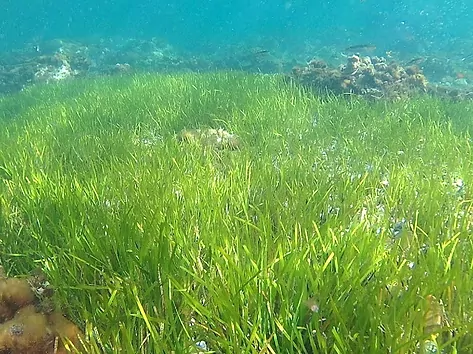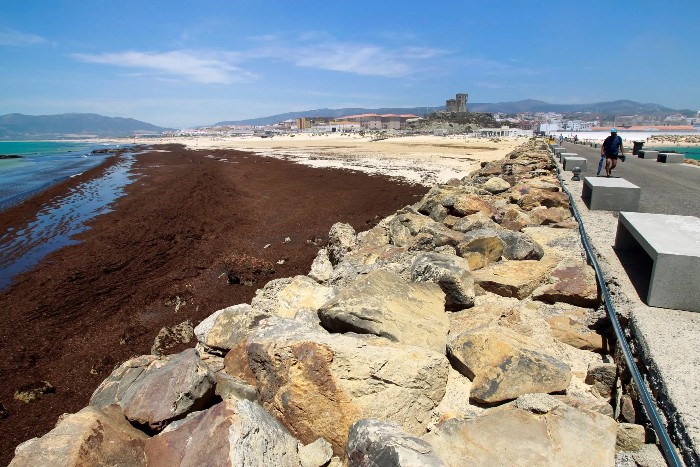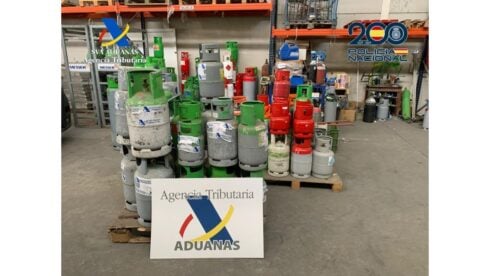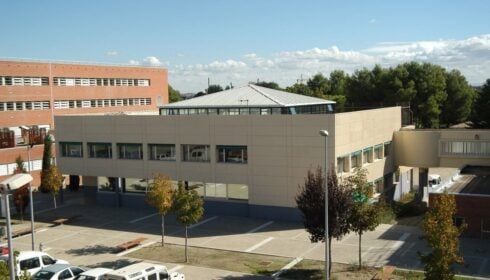AN Asian algae now declared an ‘invasive species’ is causing havoc on native biodiversity.
In just a year it has spread 400 kilometres along Spanish coastlines, costing local councils millions in cleaning beaches and, even worse, destroying local sea meadows. These are crucial parts of the ecosystem that are a haven for marine life.
Rugulopteryx Okamurae is a species of brown seaweed native to the Pacific Ocean that mainly inhabits the coasts of Japan, China and Korea.
Experts suspect that it arrived on Spanish shores through the ballast that ships dump when they arrive in port.

Its presence was detected in Spain for the first time off the Spanish enclave of Ceuta on the North African Coast.
Its advance, at breakneck speed, has allowed it to cover 400 kilometres in a single year from the Strait of Gibraltar – 200 km in the direction of Malaga and 200km in the direction of Portugal.
It has also been found in the Canary Islands where researchers have warned of its danger to the marine ecosystem of the archipelago.
Now towns on the Costa del Sol are having to spend huge amounts of money in an effort to combat the species.
Estepona, near Marbella has so far removed more than 3,000 tonnes of invasive algae from beaches at a cost of €1 million. The problem is spreading rapidly along the Costa del Sol with fears that it will reach Murcia, Valencia and the Baleares as soon as next year.
READ MORE:
- Costa Blanca start-ups grow algae that doesn’t pollute water with nitrates as in case of Spain’s Mar Menor lagoon
- The Mediterranean has experienced record sea temperatures this summer: this could devastate marine life
- EXPLAINED: What is the thick brown sludge clogging up beaches in Spain?
Click here to read more Environment News from The Olive Press.








